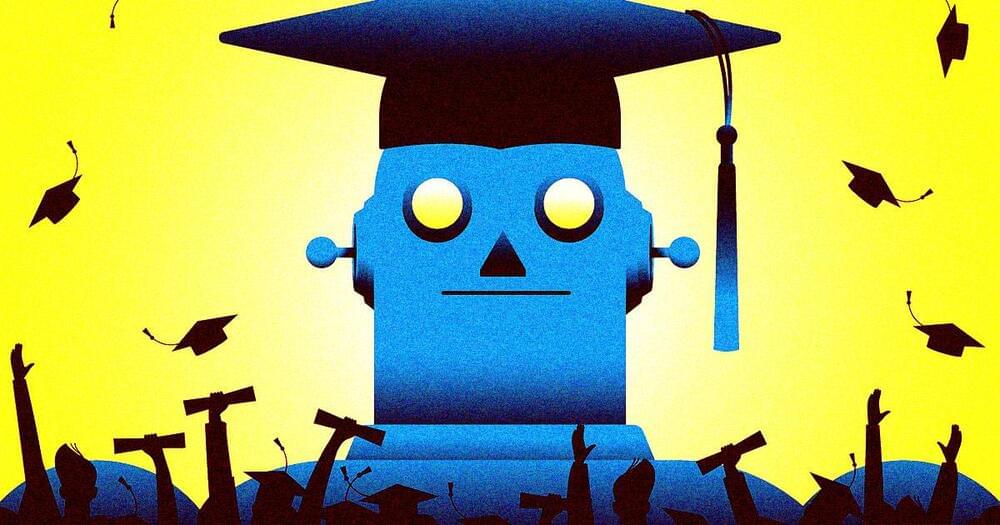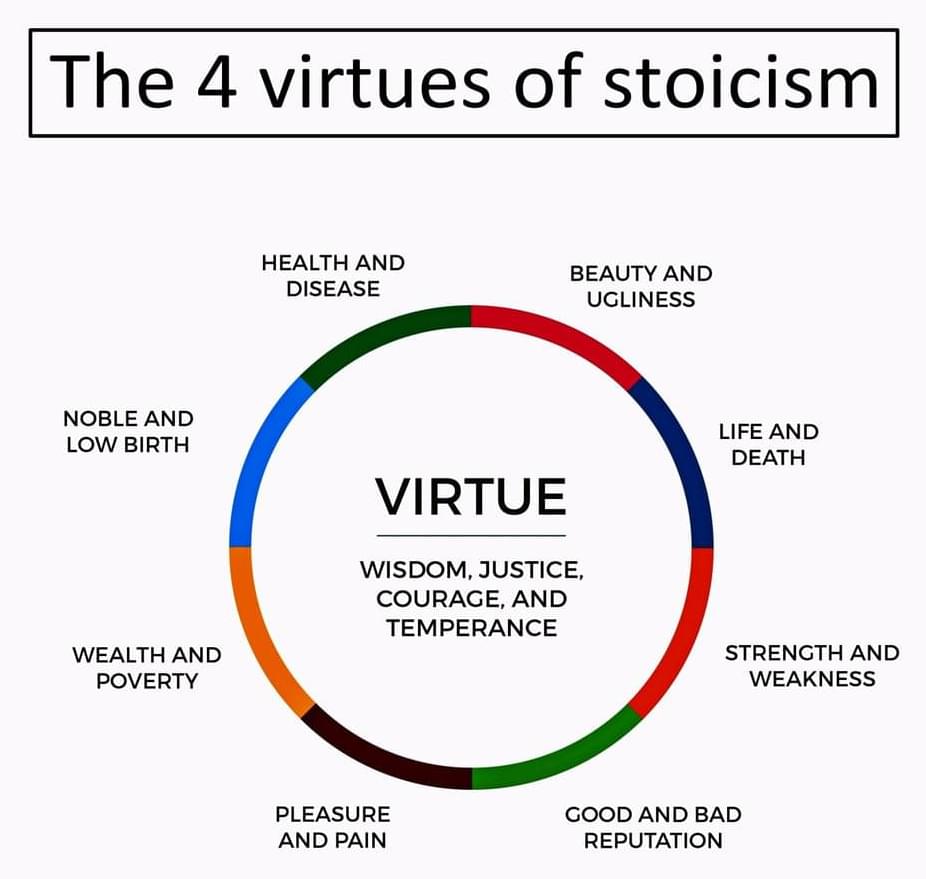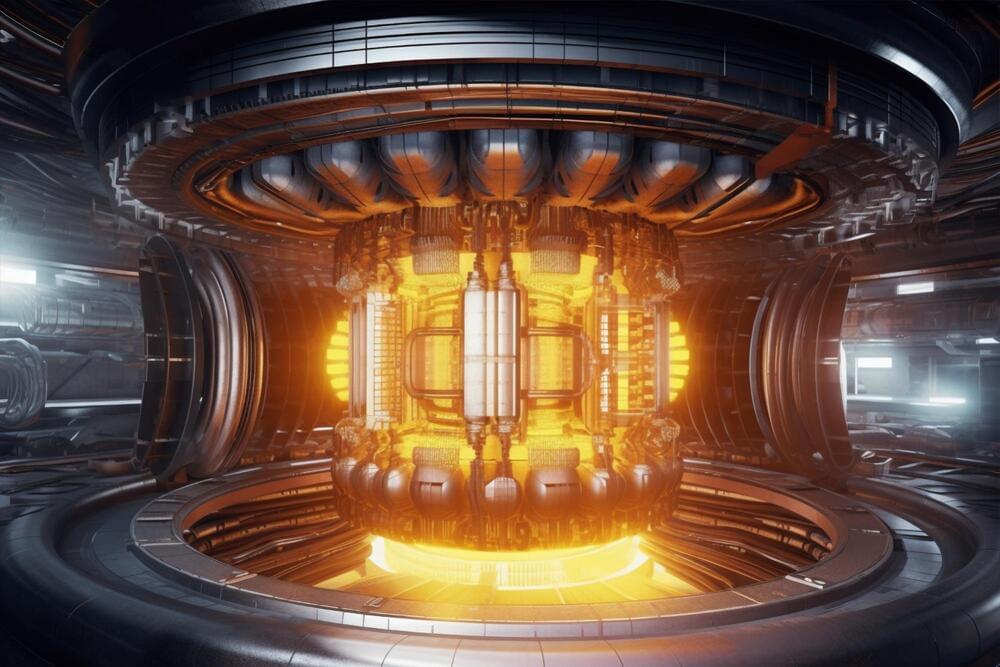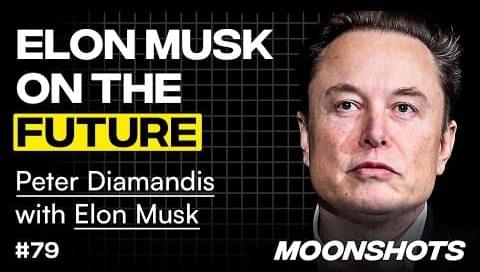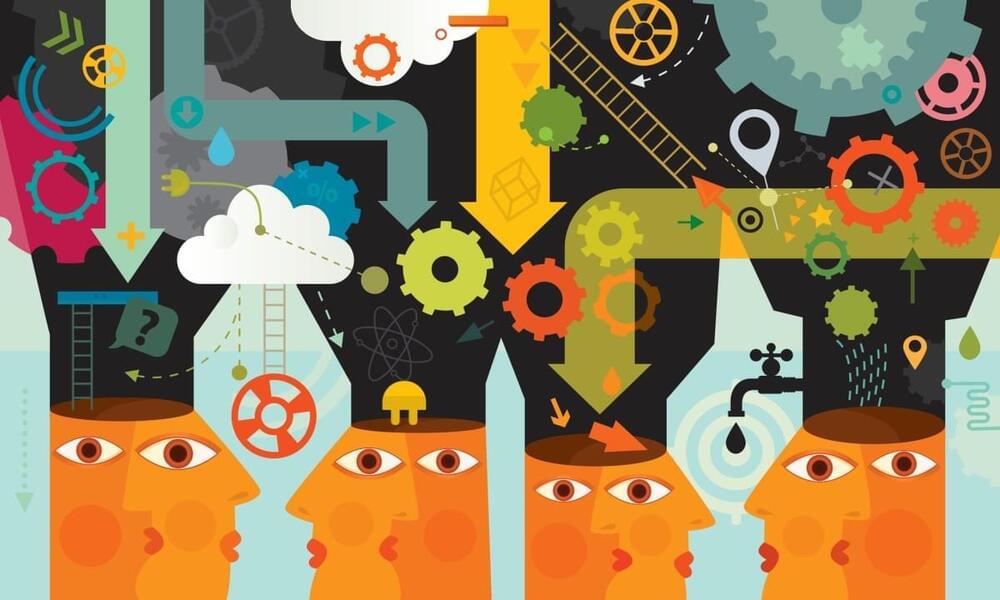Jan 12, 2024
Biomedical Research and Longevity Society, Inc.
Posted by Paul Battista in categories: biotech/medical, cryonics, education, finance, government, life extension
(BRLS), formerly known as Life Extension Foundation, Inc., is one of the world’s leading providers of financial support for otherwise unfunded research in the areas of cryobiology, interventive gerontology and cryonics. During the last decade alone, BRLS awarded more than $100 million in grants to highly-specialized cryogenic research organizations.
BRLS is exempt from taxation under Internal Revenue Service code Section 501©(4)1, and is operated exclusively to promote social welfare through scientific research and education. BRLS was founded in 1977, and since then, we have awarded hundreds of grants to scientists throughout the United States who are personally committed to our mission. These dedicated professionals take extraordinary steps to make their research as cost-effective as possible. We are careful to commit our research dollars to projects that are difficult or impossible to fund through government and institutional grants or other sources.

